The gaming industry has witnessed remarkable growth over the past decade, with millions of players engaging across diverse platforms. However, one critical aspect that has gained increasing attention is the need for inclusive design—ensuring that games are accessible to all, regardless of physical or cognitive abilities. International standards for UI accessibility in gaming have emerged as a guiding framework, pushing developers to create experiences that cater to a broader audience. These standards are not just about compliance; they represent a shift toward empathy and innovation in game design.
The Importance of Accessibility in Gaming
For many, gaming is more than entertainment—it’s a way to connect, learn, and escape. Yet, players with disabilities often face barriers that exclude them from these experiences. Traditional UI design frequently overlooks features like customizable controls, text-to-speech, or high-contrast visuals, making games inaccessible to those with visual, auditory, or motor impairments. The rise of international accessibility standards aims to address these gaps, ensuring that games are playable and enjoyable for everyone. This movement isn’t just ethical; it’s also smart business, as it expands the potential player base.
Key Principles of UI Accessibility Standards
International guidelines, such as those outlined by the World Wide Web Consortium (W3C) or the Game Accessibility Guidelines (GAG), emphasize several core principles. These include flexibility in control schemes, support for assistive technologies, and clear visual and auditory feedback. For instance, allowing players to remap buttons or adjust font sizes can make a significant difference for those with limited dexterity or low vision. Similarly, subtitles and audio cues should be customizable to accommodate hearing impairments. These principles are not one-size-fits-all but rather a foundation for developers to build upon.
Challenges in Implementation
While the standards provide a roadmap, integrating accessibility features into game UIs is not without challenges. Developers often grapple with technical constraints, tight deadlines, and budget limitations. Some argue that adding accessibility options complicates the design process or detracts from the artistic vision. However, the reality is that thoughtful accessibility design can enhance the overall user experience. For example, customizable UI elements benefit not only players with disabilities but also those playing in different environments, such as on a bright screen outdoors or in a noisy room.
The Role of Community and Advocacy
The push for accessible gaming has been amplified by advocacy groups and disabled gamers themselves. Organizations like AbleGamers and SpecialEffect have worked tirelessly to raise awareness and provide resources for developers. Meanwhile, disabled content creators have used platforms like Twitch and YouTube to highlight both the progress and shortcomings in game accessibility. Their feedback is invaluable, offering real-world insights that shape better design practices. The gaming community’s growing emphasis on inclusivity reflects a broader cultural shift toward recognizing diversity in all forms.
Looking Ahead: The Future of Accessible Gaming
As technology evolves, so too do the possibilities for accessible game design. Advances in AI, voice recognition, and haptic feedback open new avenues for creating immersive experiences tailored to individual needs. The adoption of international standards is a positive step, but sustained effort is needed to ensure these practices become the norm rather than the exception. Developers, publishers, and players all have a role to play in fostering an inclusive gaming landscape. The ultimate goal is simple: a world where anyone, regardless of ability, can pick up a controller and enjoy the magic of gaming.

By /Jul 21, 2025

By /Jul 21, 2025
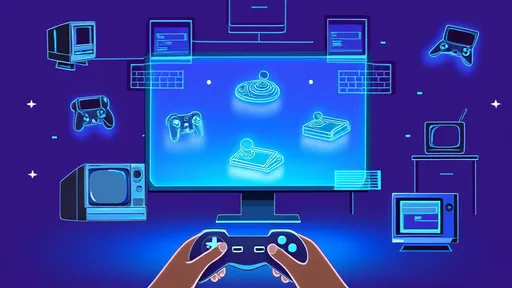
By /Jul 21, 2025

By /Jul 21, 2025

By /Jul 21, 2025

By /Jul 21, 2025

By /Jul 21, 2025
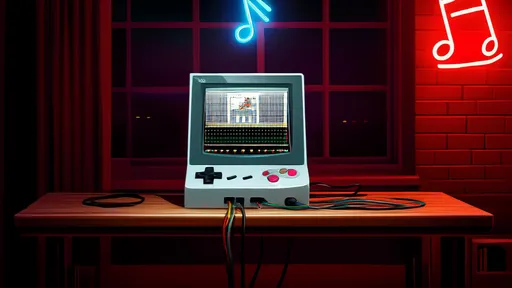
By /Jul 21, 2025
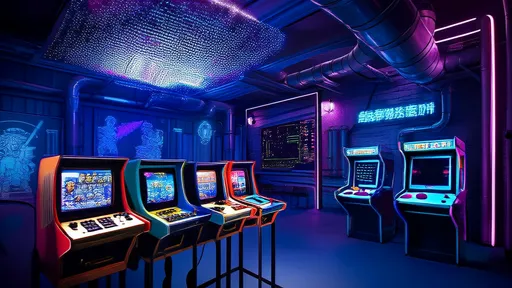
By /Jul 21, 2025
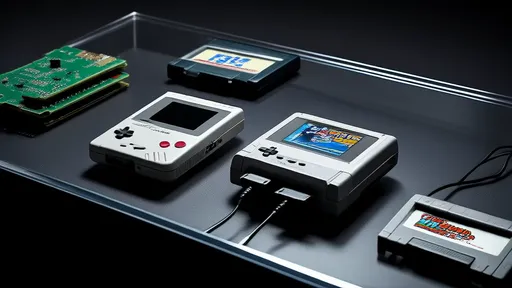
By /Jul 21, 2025
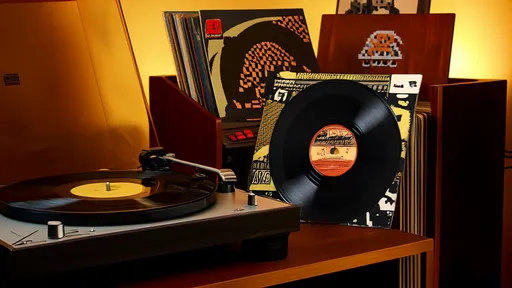
By /Jul 21, 2025
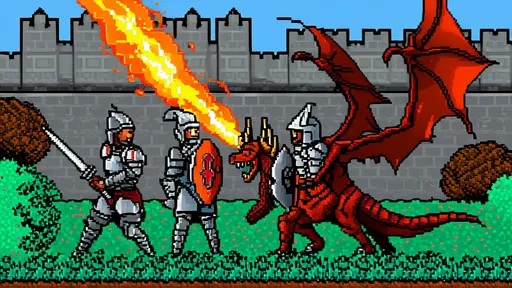
By /Jul 21, 2025

By /Jul 21, 2025

By /Jul 21, 2025

By /Jul 21, 2025

By /Jul 21, 2025

By /Jul 21, 2025

By /Jul 21, 2025